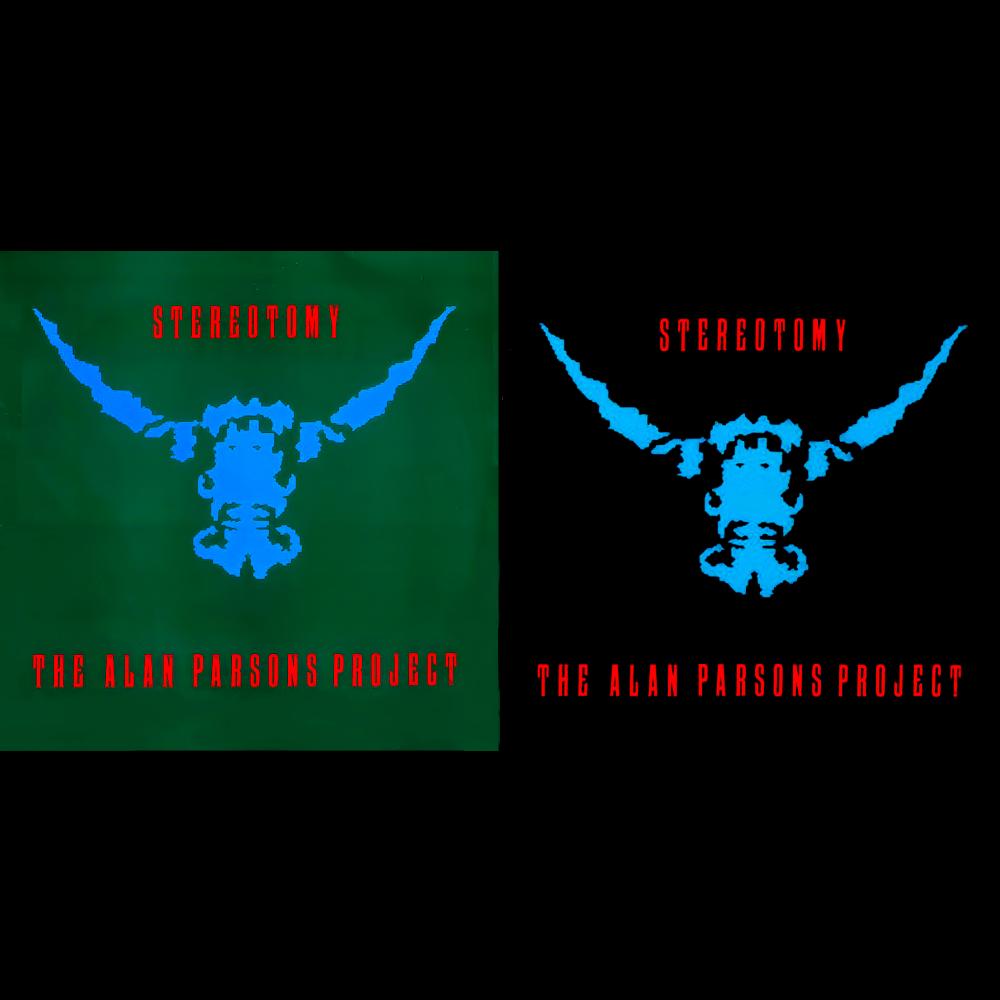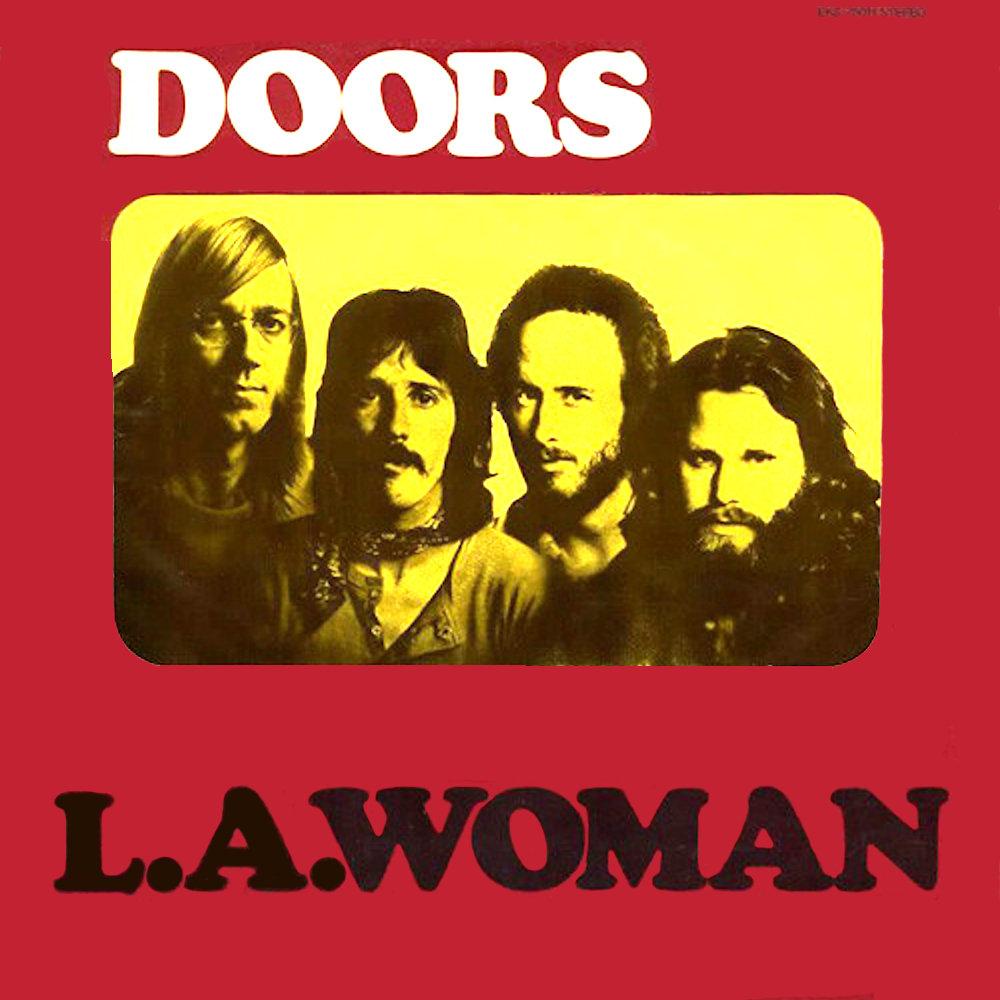
Album Information:
Album ID: 9945
The Alan Parsons Project - Stereotomy
Label: Arista
Catalog Number:
ARCD-8384
Release Date:
November 1985
1. Stereotomy 7:15
2. Beaujolais 4:27
3. Urbania (Instrumental) 4:34
4. Limelight 4:39
5. In The Real World 4:17
6. Where's The Walrus? (Instrumental) 7:34
7. Light Of The World 6:22
8. Chinese Whispers (Instrumental) 1:02
9. Stereotomy Two 1:18


 Last Played: 12/23/24 03:33 PM
Last Played: 12/23/24 03:33 PM Last Played: 12/23/24 03:24 PM
Last Played: 12/23/24 03:24 PM